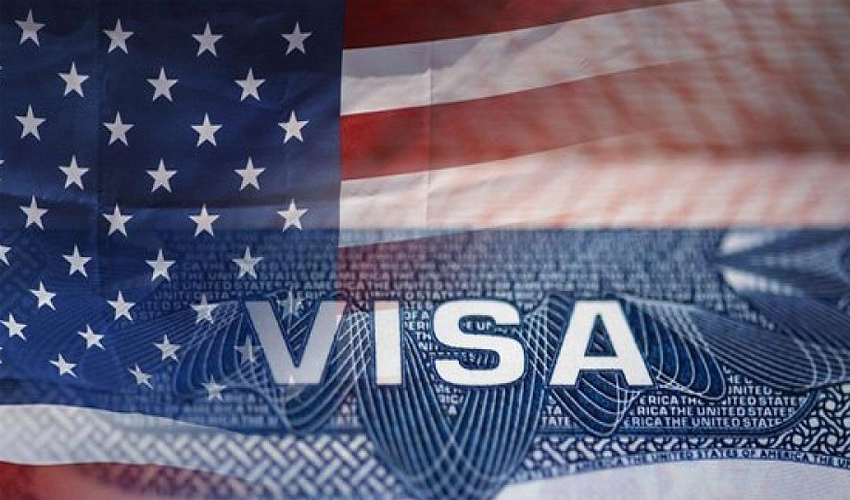Imagine a day when you wake up and there is no water to brush your teeth. No water in the kitchen, no water in the washroom, no water in the taps, not even to drink. Now, imagine this not as a dystopian nightmare, but a fast-approaching reality. As an environmental specialist and a water management and sustainability proponent, I must sound the alarm: Pakistan is inching dangerously close to a severe water crisis that could evolve into a full-blown drought emergency.
This crisis is not theoretical. It is visible. It is staring in our eyes. It is measurable. And, above all, it is preventable — if we act now. Experts warn that Pakistan’s groundwater levels are depleting by more than one meter annually, with no national mechanism in place to sustainably conserve or manage this vital resource. Every drop of rain that falls is a gift — yet we treat it like a nuisance, letting it run into drains, gutters, and open sewers, and ultimately to the sea, wasting it without a second thought. In the last six months of 2024, rainfall was 41% lower than average, but instead of saving what little we received, we let it vanish.
Our water infrastructure — dams, canals, and reservoirs — is outdated, insufficient, and dangerously neglected. Iconic dams like Tarbela and Mangla, once the pride of our water storage system, are now battling sedimentation and shrinking capacities. With below-average rains, these two dams are at their dead level. These reservoirs were never mere concrete structures; they were the beating heart of our irrigation, the lungs through which Pakistan breathed. But today, they gasp for life.
The Indus, Ravi, Sutlej, Jhelum — the historic lifelines of Pakistan’s agricultural economy — are rapidly dwindling. Their flow has been reduced to a trickle, starved not only by changing climate patterns but by political inertia, cross-border disputes, and chaotic domestic mismanagement. Groundwater is no longer a reliable fallback. It is depleting at a terrifying rate of 1 meter per year, especially in urban areas. This descent is more than just numbers — it represents a growing chasm between us and our survival.
While we invest in flyovers, shopping malls, and high-rise apartments, our taps are drying. Let’s be honest: we have confused concrete with development. The true measure of national progress is not in the width of its roads but in the sustainability of its water resources
In Lahore, one of the country's most populous cities, clean groundwater is slipping further away with each passing month. In parts of Balochistan, wells that once provided abundant water have turned dry and useless. Farmers in rural Sindh are being forced to abandon their land, not due to lack of effort or skill, but because the water has left them.
This is not just a problem for farmers or villages. Our urban centers are just as vulnerable — if not more. Karachi receives less than 7 inches of rainfall annually, but lacks the basic infrastructure to collect and store even that. Instead, the rainwater becomes a source of urban flooding and then disappears into the Arabian Sea, wasted.
Lahore, with its 37 inches of rain annually, has no large-scale rainwater harvesting system. Islamabad, nestled among hills and blessed with over 31 inches of rainfall, also faces seasonal shortages. The reality is jarring: while we invest in flyovers, shopping malls, and high-rise apartments, our taps are drying.
Let’s be honest: we have confused concrete with development. The true measure of national progress is not in the width of its roads but in the sustainability of its water resources.
Perhaps the most tragic dimension of this crisis is that it is not a mystery — it is well known. We have discussed it endlessly in seminars, roundtables, and media debates. Yet we remain stuck in political limbo. Once a ray of hope for water security, Kalabagh Dam has become a symbol of political discord. Rather than resolving inter-provincial differences through consensus, successive governments have used the issue for point scoring. The result? Half a century lost.
Meanwhile, our water policies remain paper dreams — unimplemented, unfunded, and uninspired. We talk about climate adaptation, water pricing, water harvesting, water conservation, water management and smart irrigation, but where is the execution? Who is accountable?
The state’s water management agencies remain underfunded and lack technical capacity. The Water and Power Development Authority (WAPDA) and the Irrigation Departments in provinces need drastic reform. Without autonomy, transparency, and technical leadership, they cannot meet 21st-century demands.
The writing on the wall is clear. In coming years, urban water demand in Pakistan is projected to reach 10 million acre-feet. And we are woefully unprepared.
If current trends continue unchecked, Pakistan could be among the most water-stressed countries in the world in the next two decades. Food insecurity, economic disruption, and large-scale internal displacement could follow. Water wars are not a distant fiction — they are becoming a regional reality. And yet, we slumber on.
Already, tensions between Punjab and Sindh have surfaced, this time over the controversial decision to allocate water to six canals intended for irrigating land in the Cholistan desert. The move, backed by the army to support agricultural development on state-allocated land, has sparked intense debate over inter-provincial water rights and the already fragile Indus River system.
Sindh has raised serious concerns, accusing Punjab of unilaterally diverting water resources at a time when the lower riparian province is already facing acute shortages. Officials in Sindh argue that such decisions violate the Indus Waters Accord of 1991, which guarantees equitable distribution among provinces. The apprehension is that this additional draw from the system will exacerbate water scarcity in Sindh, adversely affecting its agriculture, drinking water availability, and overall ecological balance.
Punjab, on the other hand, maintains that the canals are part of a planned development initiative in Cholistan — a historically arid region with significant potential if properly irrigated. Supporters of the initiative argue that the project will boost food security and generate livelihoods, particularly in underdeveloped southern Punjab. They insist that water allocation for these canals falls within the province’s legal share.
The situation underscores the urgent need for a revised, enforceable framework for inter-provincial water governance that emphasizes transparency, cooperation, and sustainability, rather than deepening historical mistrust between Pakistan’s two largest provinces.
But all is not lost. In the depths of crisis, some communities are showing the way forward. In Karan, Cholistan, a small desert village, residents have begun constructing rainwater-harvesting tanks on their own. They collect and store every precious drop, irrigate small fields, and recharge underground wells. These are not rich people. They have no government support. But they have something we lack — the will to survive. Their efforts may seem small, but they are revolutionary. They remind us that the answer does not always lie in mega-dams or foreign aid. Sometimes, it begins with a community, a rooftop, a cistern, and a commitment.
We do not need to wait for government miracles. The path forward is clear. Mandate rooftop rainwater harvesting systems in urban buildings. Provide subsidies and tax rebates to encourage adoption. Let cities become part of the solution. Invest in small and medium-sized dams across rural Pakistan. These are quicker to build and cheaper to maintain. Encourage recharge wells in areas where groundwater has plummeted.
Promote treatment and reuse of wastewater in urban areas. Greywater recycling can significantly reduce the strain on fresh water supplies, especially for gardening and flushing. Shift to drip irrigation, laser land leveling, and water-efficient crops. Our current irrigation system is archaic and wasteful, with over 50% of water lost to seepage and mismanagement.
Pakistan already has a National Water Policy. What it lacks is implementation. There must be strict timelines, measurable outcomes, and political consensus. Water conservation must become a public movement. Just as we now recognize plastic pollution or smog, we must develop a "water literacy" that changes how individuals use water in homes, offices, schools, and industries.
Water is not just a resource—it is life itself. Our ancestors revered rivers and springs. Today, we have reduced them to symbols of neglect. But it is not too late. We still have time to choose a different future. A future where the rivers of Pakistan flow again. Where no child goes thirsty. Where farmers plant crops with confidence. Where our cities live in harmony with rain and not in fear of drought. Let us not allow our generation to be remembered as the one that let the rivers die. Let us be remembered as the ones who saved them — drop by drop.


























